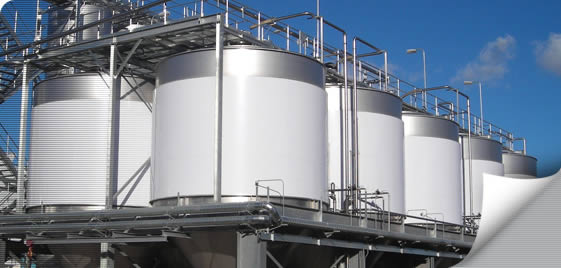Just like in the past, fermentation is a process that is part of everyday life in the society today. Whether its beer or wine, the market for alcoholic drinks is ever increasing and the businesses taking the same route are constantly on the rise as well. If you plan to venture into the brewing industry therefore, you not only need to research on this market, but you also have to get the right equipment so you are sure to employ the correct procedures right from the start.

Brewing involves fermentation, and this is a process centered on the use of microorganisms in preparation and preservation of food. Such biological elements include fungus, bacteria and yeast. While fungus and yeast can be applied in the processing of different kinds of cheese, when it comes beer fermentation, yeast has to be used. Basically the yeast is added into a sugar solution, and this subsequently turns the sugar into alcohol. Once the yeast gains foothold, it prevents other organisms from producing unwanted effects.
The sugar used in this instance can be obtained from anything including apples, malted grain, grapes or honey; though the source in itself doesn’t make a big difference in the fermentation process. The most important thing however is to be patient because the process takes time. Other than that, the procedure calls for a lot of keenness with respect to temperature control and cleanliness.
The microorganisms have to be provided with just the right temperature and environment for them to work effectively. This begins right from the fermentation vessels in which the mixture is put. While the tanks need to be free of contaminants, they also need to have a superior pressure vessel design to ensure efficient production. In this regard, obtaining quality vessels matters a lot because it helps in keeping the production efficient and sanitary.
Fermentation vessels can hold up to 2,400 gallons and the process takes about two weeks to complete. Thus, the capacity of the production is also dependent on the number of vessels obtained by a brewery. The good thing however is that any brewing business can start up with a few fermentation tanks and then upgrade and get more as the production increases. The vessels come with a pipe which enables the release of CO2 from the fermenter. However, they are also completely sealed to prevent entry of air that may cause contamination. This tight sealing also adds to the carbonation of beer.











